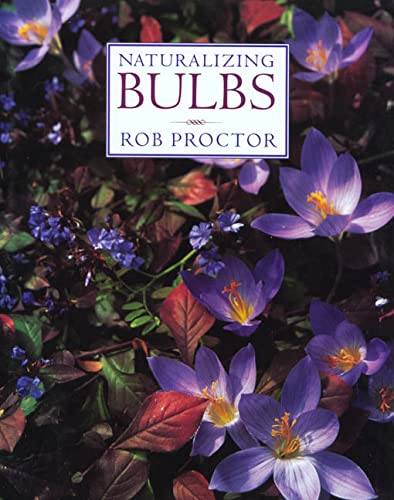I have a question about what is the best time of year to transplant and
divide Asiatic lily bulbs? Is it fairly easy to identify where the bulb
should be divided? Also, someone told me to use a rooting solution on the
divided bulbs. Is this necessary? Is late October too late in the fall to divide
them?
Most sources say to divide lilies in the fall. You do not need to use a
rooting solution on the divided bulbs. Sunset’s Western Garden Book
(2001) says the following: “If clumps become too large and crowded, dig,
divide and transplant them in spring or fall. If you’re careful, you can
lift lily clumps at any time, even when they are in bloom.”
One rationale for lifting them when in bloom is provided in an article
from the Wisconsin Regional Lily Society, no longer available online, but excerpted here:
“After three successive years of making this futile pact, I finally
concluded that books were wrong! Fall isn’t the time to transplant
lilies. It’s a job best done in mid-summer when they’re in full bloom.
This eliminates most of the guess work, since at this point, the plants
are at their maximum height, making it nearly impossible to make the
mistake of planting the tall ones to the front of the border, the short
ones at the back. It also affords a crystal-clear picture of concurrent
bloomers. In fall, no matter how carefully one does the job, when digging
dormant bulbs at least one bold orange always manages to get itself
placed directly beside the brightest pink. The clashing colors burn
themselves into your retinas nearly as well as flashbulbs-blink quickly
and the image reappears!
“The maximum size of the plants in mid-summer is another advantage. When
autumnal plants have shrunk to a mere fraction of their former selves,
it’s too easy to misjudge your space placement. Who hasn’t heard the
disheartening ‘crunch’ of a spade slicing through the most expensive bulb
in the bed? How it knows the price, I’ll never know.
“Spring is the only time I’d actually refrain from moving lilies. The
delicate new shoot is easily broken, and once gone, the poor bulb has
only two options: It will either die or spend an entire year below
ground, depleting its energy reserves as it forms a new shoot for the
following spring. All the while it’s caught in a perilous game of Russian
roulette. Without aboveground parts to warn of its existence, it can
never quite be sure when a spade might suddenly come slicing down.
Crunch! -The second most expensive bulb gone?
“Certainly no plant will be thrilled at being dug up and moved in full
flower, but if it’s kept well watered and blooms are removed, almost any
perennial will have recovered fully by the following season. One of the
best gardeners I know says that the best time to move any perennial is
when you have the time!”
 I keep forgetting the name of a plant I added to the garden some time ago, and every year I have to dig through my pile of old plant tags to remind myself. Any mnemonic devices to help me hold Ledebouria cooperi in my head? Any tips on keeping it growing well? How can I propagate it?
I keep forgetting the name of a plant I added to the garden some time ago, and every year I have to dig through my pile of old plant tags to remind myself. Any mnemonic devices to help me hold Ledebouria cooperi in my head? Any tips on keeping it growing well? How can I propagate it? In “Naturalizing Bulbs”, Rob Proctor does not provide the usual alphabetical recital of genus, species and varieties. Instead, he begins with a series of essays on the aesthetics and practicalities of weaving bulbs into the landscape. These chapters both inspire and provide a dose of reality of what works, based on broad climate zones throughout the United States.
In “Naturalizing Bulbs”, Rob Proctor does not provide the usual alphabetical recital of genus, species and varieties. Instead, he begins with a series of essays on the aesthetics and practicalities of weaving bulbs into the landscape. These chapters both inspire and provide a dose of reality of what works, based on broad climate zones throughout the United States. For pure opulence, nothing matches Anna Pavord’s “Bulb”, a compilation of the author’s favorites of primarily spring-flowering selections. Each is described with such heartfelt devotion that you know they must be good. She includes some newer varieties but the treasures are the older, time-tested names that just keep giving every year.
For pure opulence, nothing matches Anna Pavord’s “Bulb”, a compilation of the author’s favorites of primarily spring-flowering selections. Each is described with such heartfelt devotion that you know they must be good. She includes some newer varieties but the treasures are the older, time-tested names that just keep giving every year.